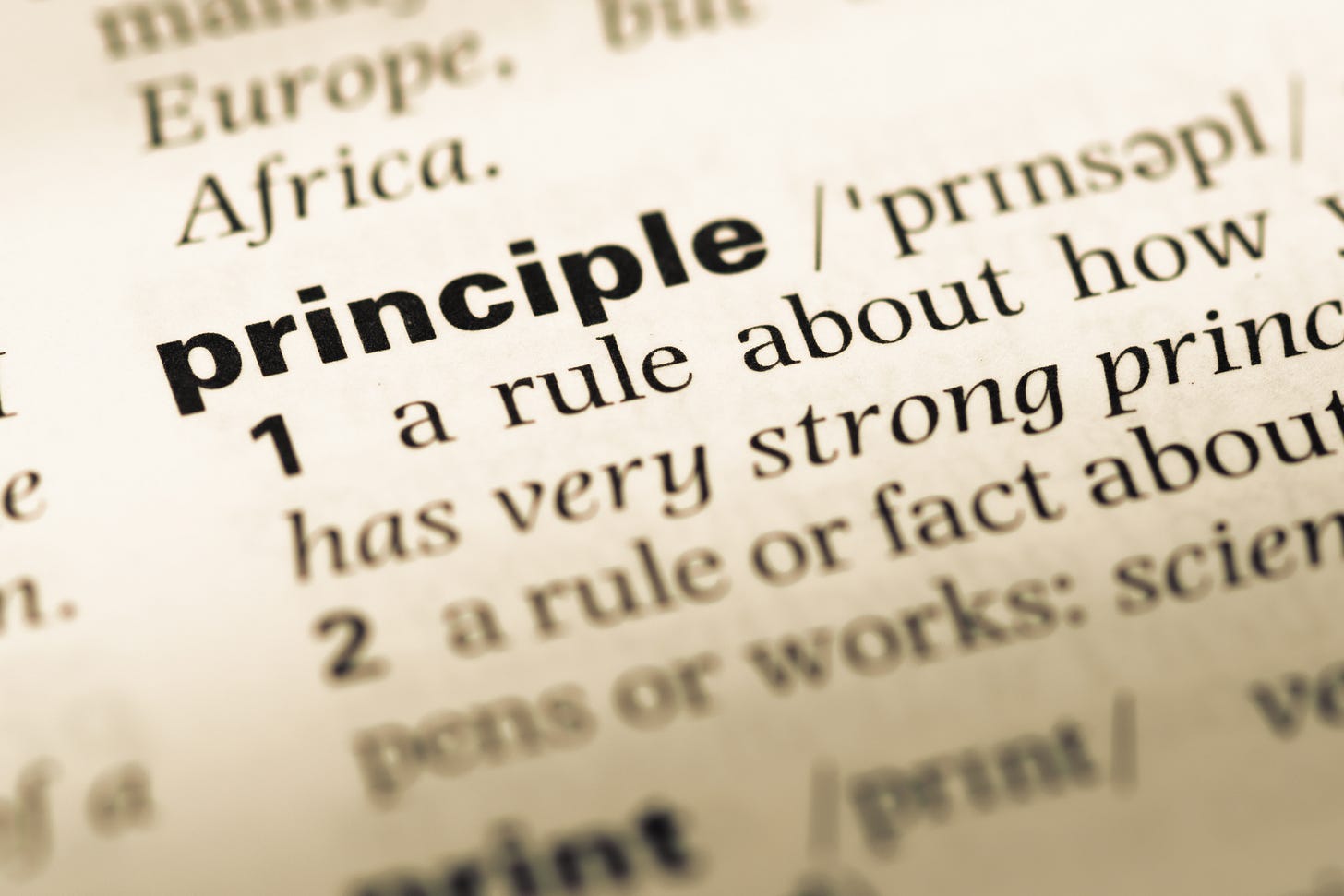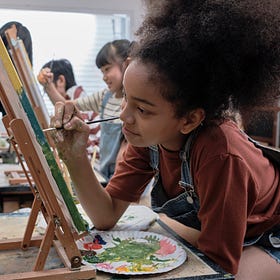14 principles of skill building
What you need to know to help kids build skills inside or outside of the classroom. Research insights from the science of learning and development.
Note: Unconstrained Kids unpacks, translates, and integrates academic research and data about constrained and unconstrained skills for people that run, fund, and assist organizations that teach and serve kids. This post is part of a series that describes 14 key principles of skill building I identified from the Science of Learning and Development. (Especially Dynamic Skill Theory.) Like everything on this Substack, this post is a work-in-progress. I will make updates as needed. Citations are included at the end. Questions, comments, and suggestions are welcome.
Last updated: August 30, 2025
I’m obsessed with skills. What they are. How they develop. I’m particularly interested in understanding the factors that support or inhibit the growth of unconstrained skills that quietly drive PK-12 math and reading achievement.
I’ve read dozens of academic articles, reports, and books about skills over the past 12 months. The development and refinement of skills to support goal-oriented action is an essential part of human life. In PK-12 education, “skill” is not always consistently defined (Afflerbach et al., 2008). I think about skills the way developmental psychologists describe them: the ability to think and act in an organized way in a specific context (Immordino-Yang and Fischer, 2010).
“Context” means many things at once: the physical environment, emotional state, social support, domain or subject area, and the specific task involved (Fischer & Immordino-Yang, 2002). Proficient skills are virtually automatic; their use requires little attention or conscious awareness (Mascolo, 2020).
Check out this post for a basic primer on skills:
What are skills?
Note: Unconstrained Kids unpacks, translates, and integrates academic research and data about constrained and unconstrained skills for people that run, fund, and assist organizations that teach and serve kids. This post is a basic primer about skills. Like everything on this Substack,
This series of posts (14 Principles of Skill Building) summarizes key principles about skills I draw from an interdisciplinary body of knowledge known as the Science of Learning and Development.1 I lean heavily upon insights from a field known as Dynamic Skill Theory.
14 Principles of Skill Building
Skills are built in specific contexts. Change the context, change the skill.
Skill building is construction, collapse, and reconstruction.
Skills built in specific contexts gradually transfer and generalize to new contexts.
I’ve written a post with key insights for each principle. Although my overall focus is improving PK-12 math and reading skills, these principles apply to many types of skills. Each principle stands on its own. As you’ll see, the 14 principles are highly interconnected.
My read of the research suggests that instruction, interventions, and programs informed by these principles are better positioned for success.
But wait, there’s more
Works Cited
Afflerbach, P., Pearson, P. D., & Paris, S. G. (2008). Clarifying differences between reading skills and reading strategies. The Reading Teacher, 61(5), 364–373.
Cantor, P., Osher, D., Berg, J., Steyer, L., & Rose, T. (2019). Malleability, plasticity, and individuality: How children learn and develop in context. Applied Developmental Science, 23(4), 307–337.
Fischer, K. W., & Immordino-Yang, M. H. (2002). Cognitive development and education: From dynamic general structure to specific learning and teaching. In E. Lagemann (Ed.), Traditions of scholarship in education. Spencer Foundation.
Immordino-Yang, M. H., & Fischer, K. W. (2010). Neuroscience bases of learning. In V. G. Aukrust (Ed.), International encyclopedia of education (3rd Edition, pp. 310–316). Elsevier.
Mascolo, M. F. (2020). Dynamic skill theory: An integrative model of psychological development. In M. F. Mascolo & T. R. Bidell (Eds.), Handbook of integrative developmental science (pp. 91–135). Routledge.
Osher, D., Cantor, P., Berg, J., Steyer, L., & Rose, T. (2020). Drivers of human development: How relationships and context shape learning and development. Applied Developmental Science, 6–36.
See Cantor et al. (2019) and Osher et al. (2020) for a good survey of the Science of Learning and Development.




